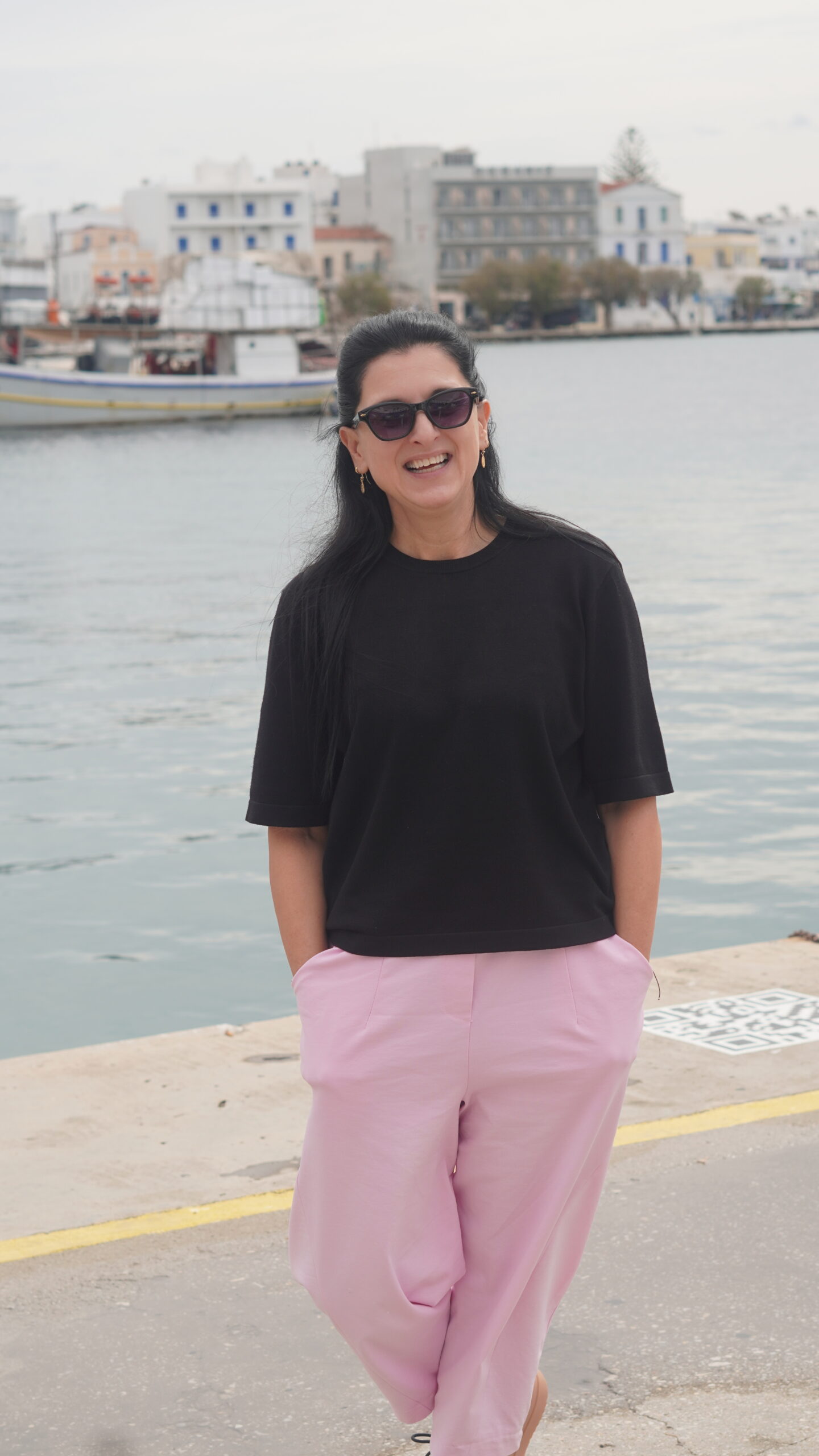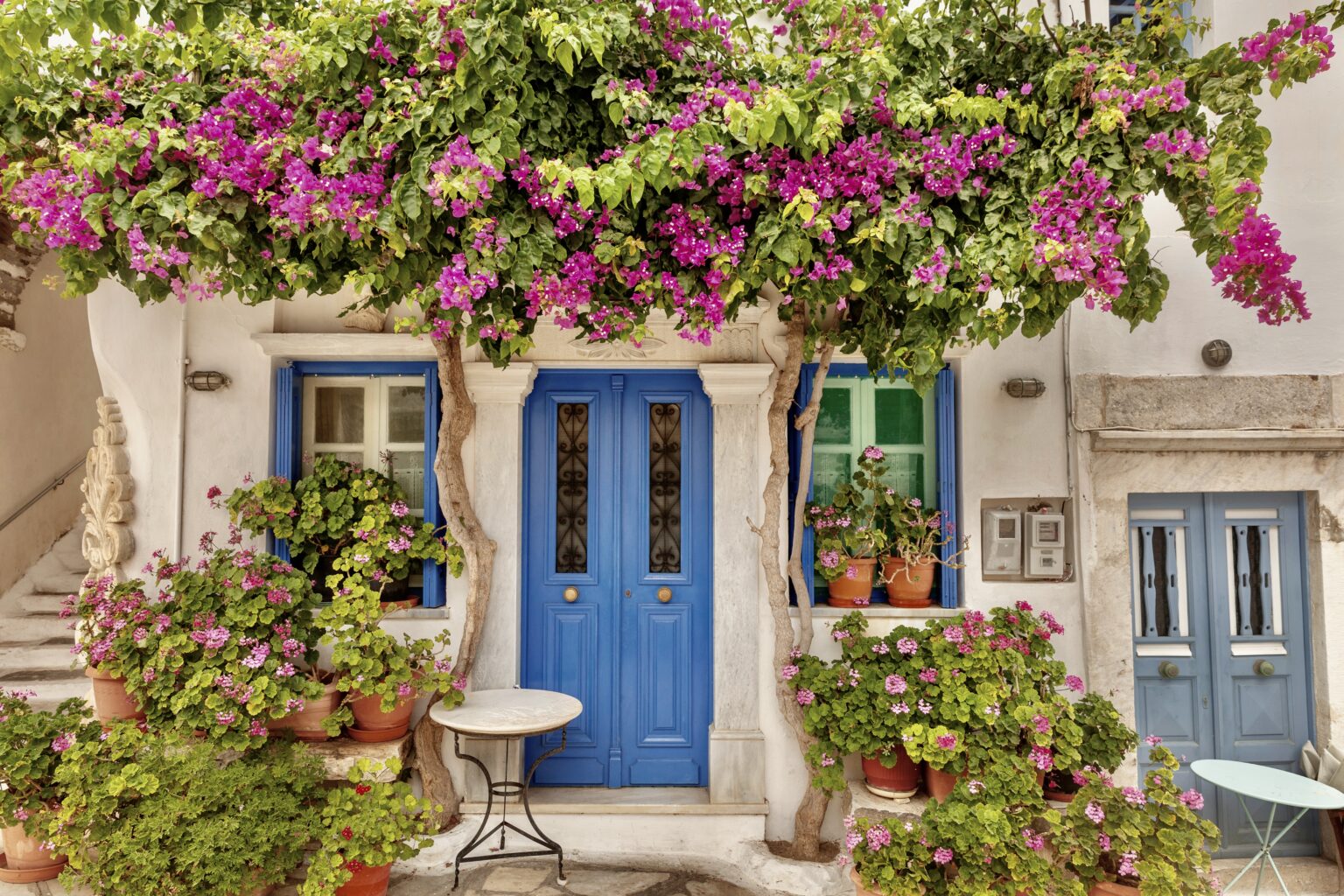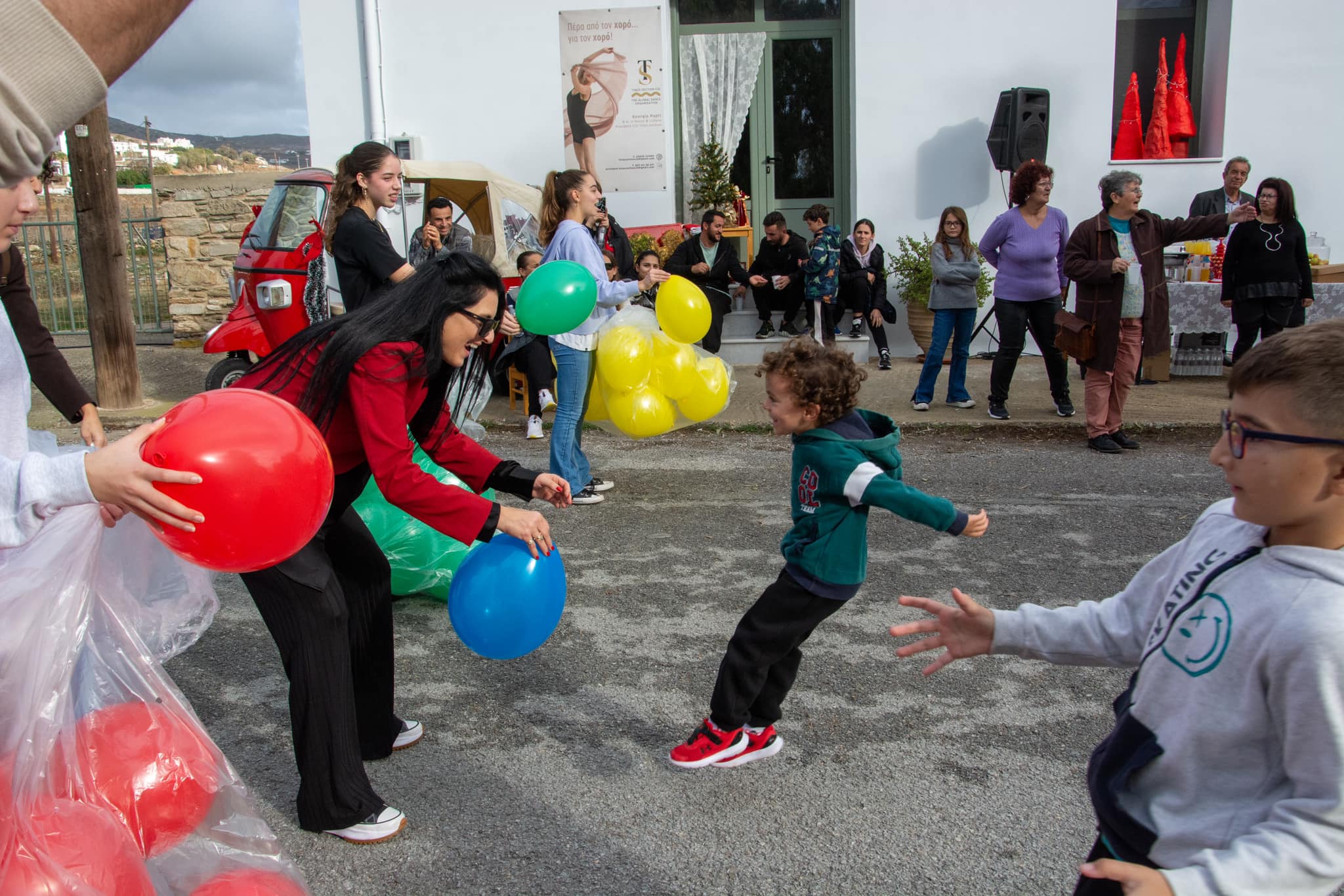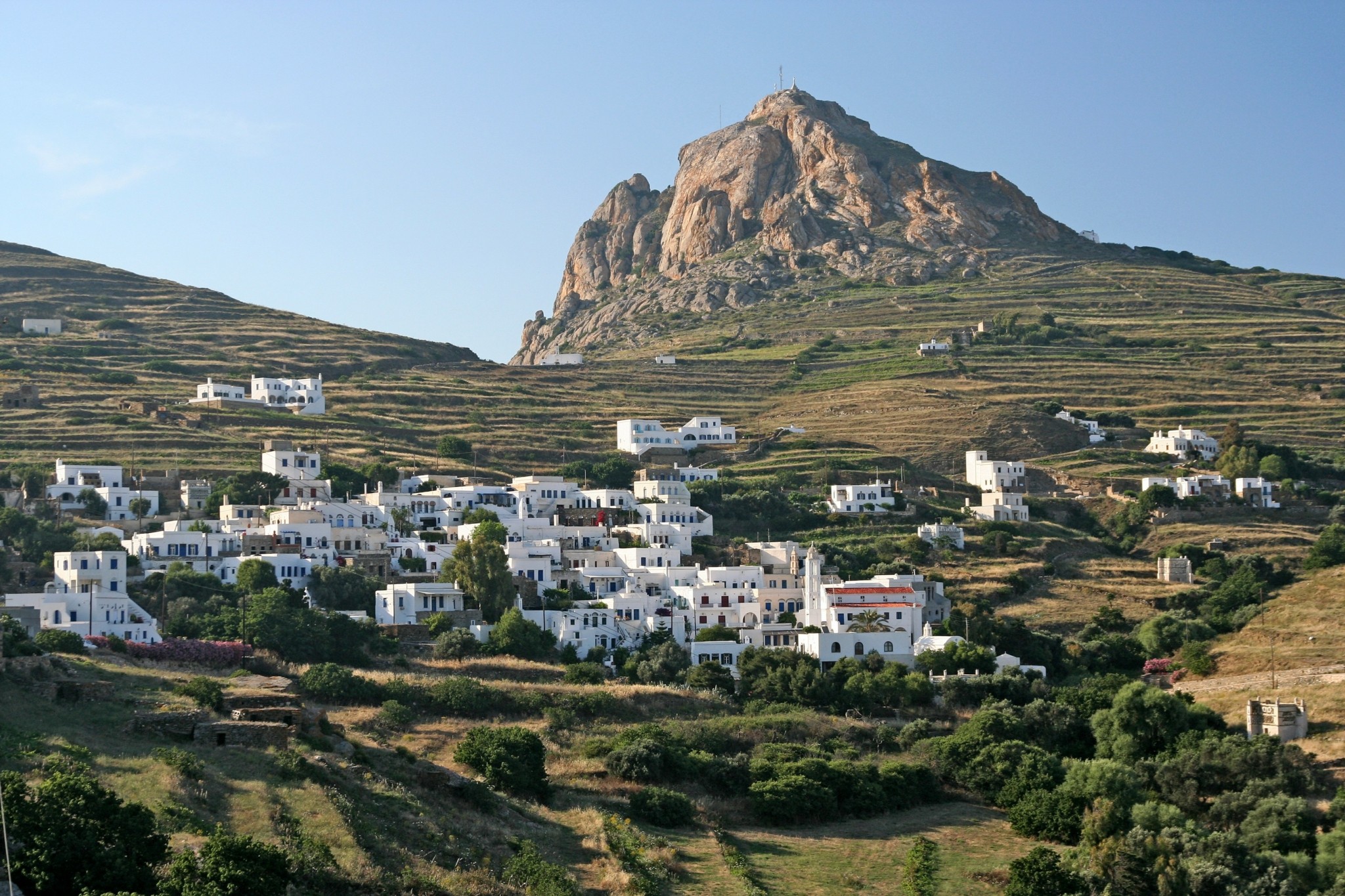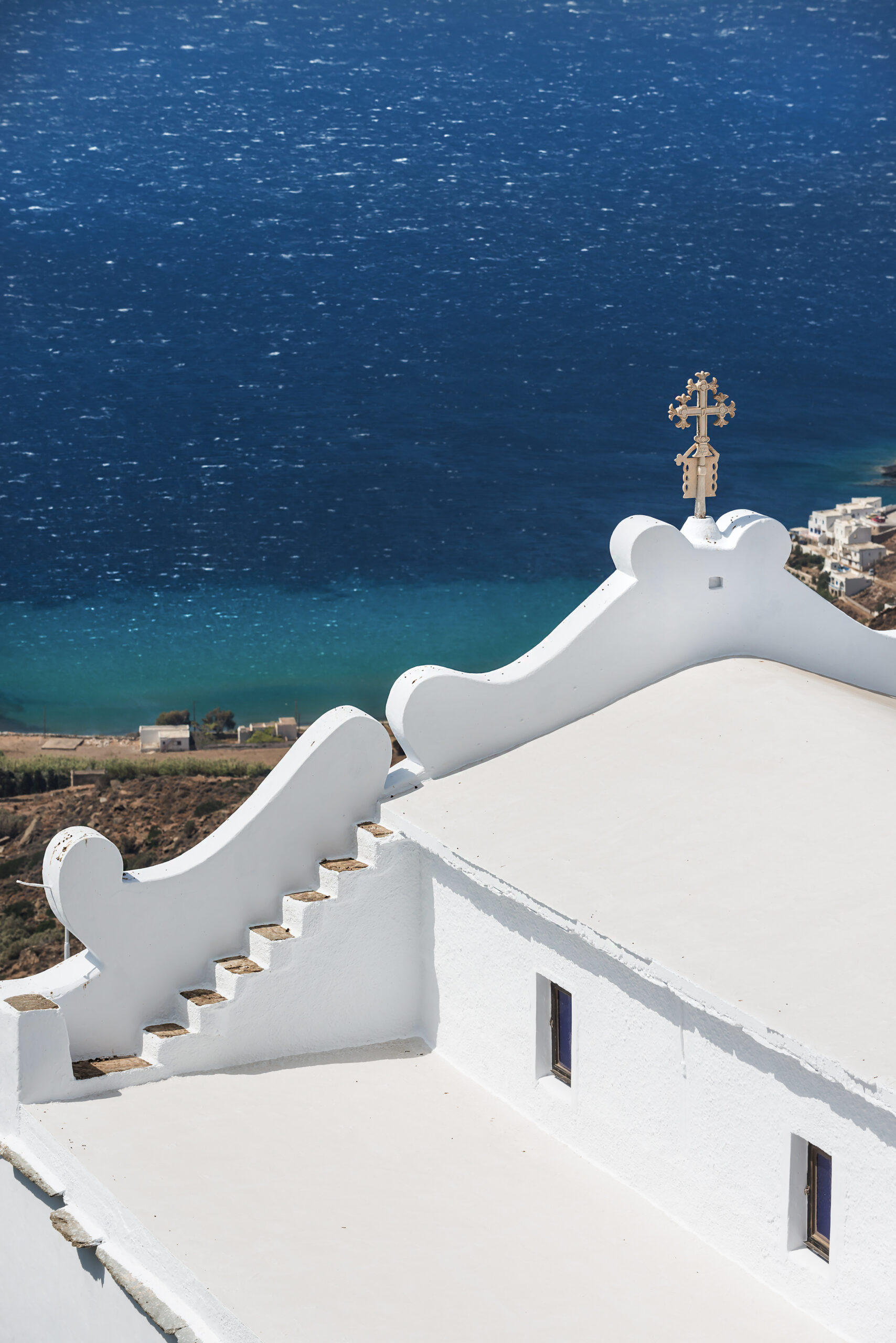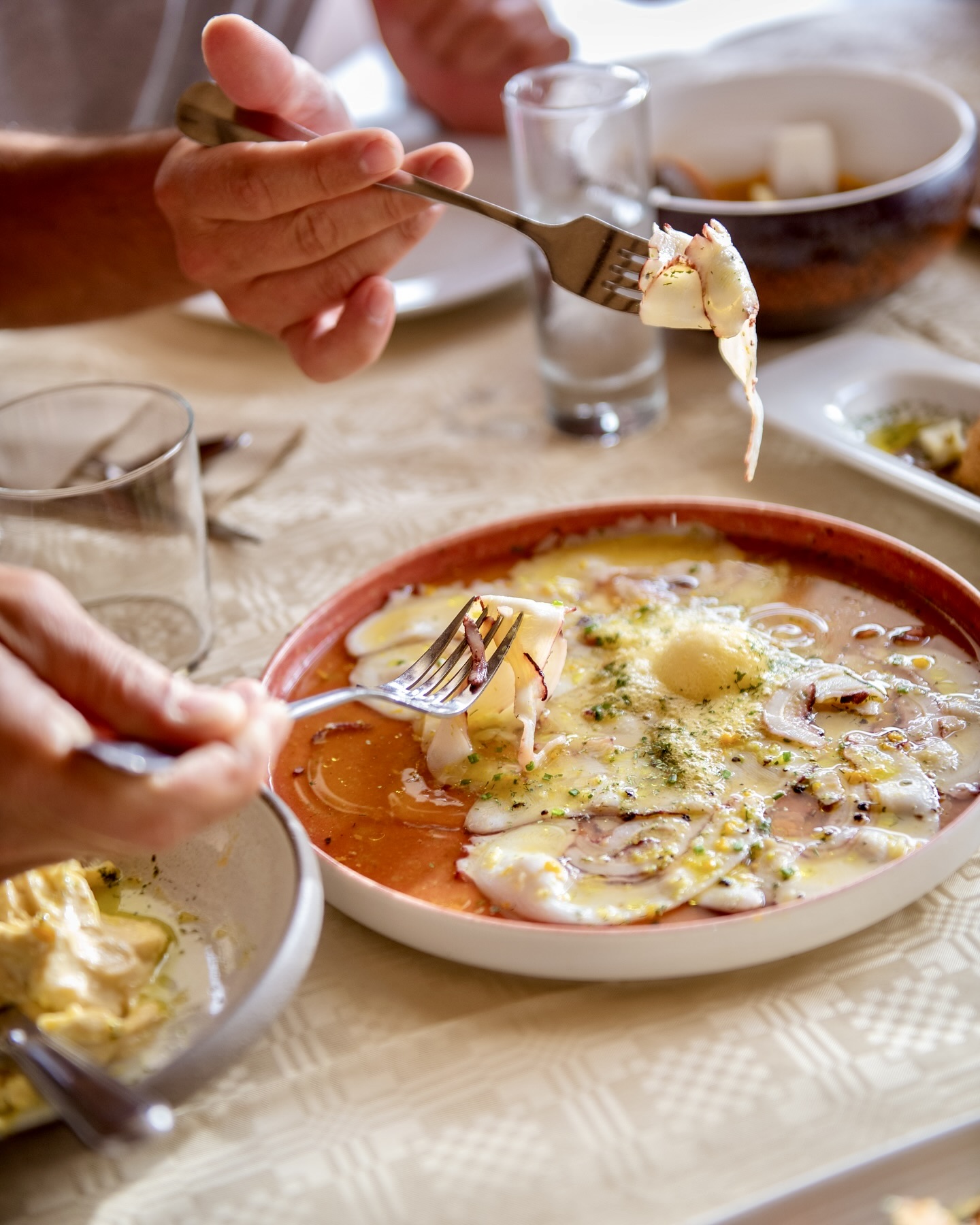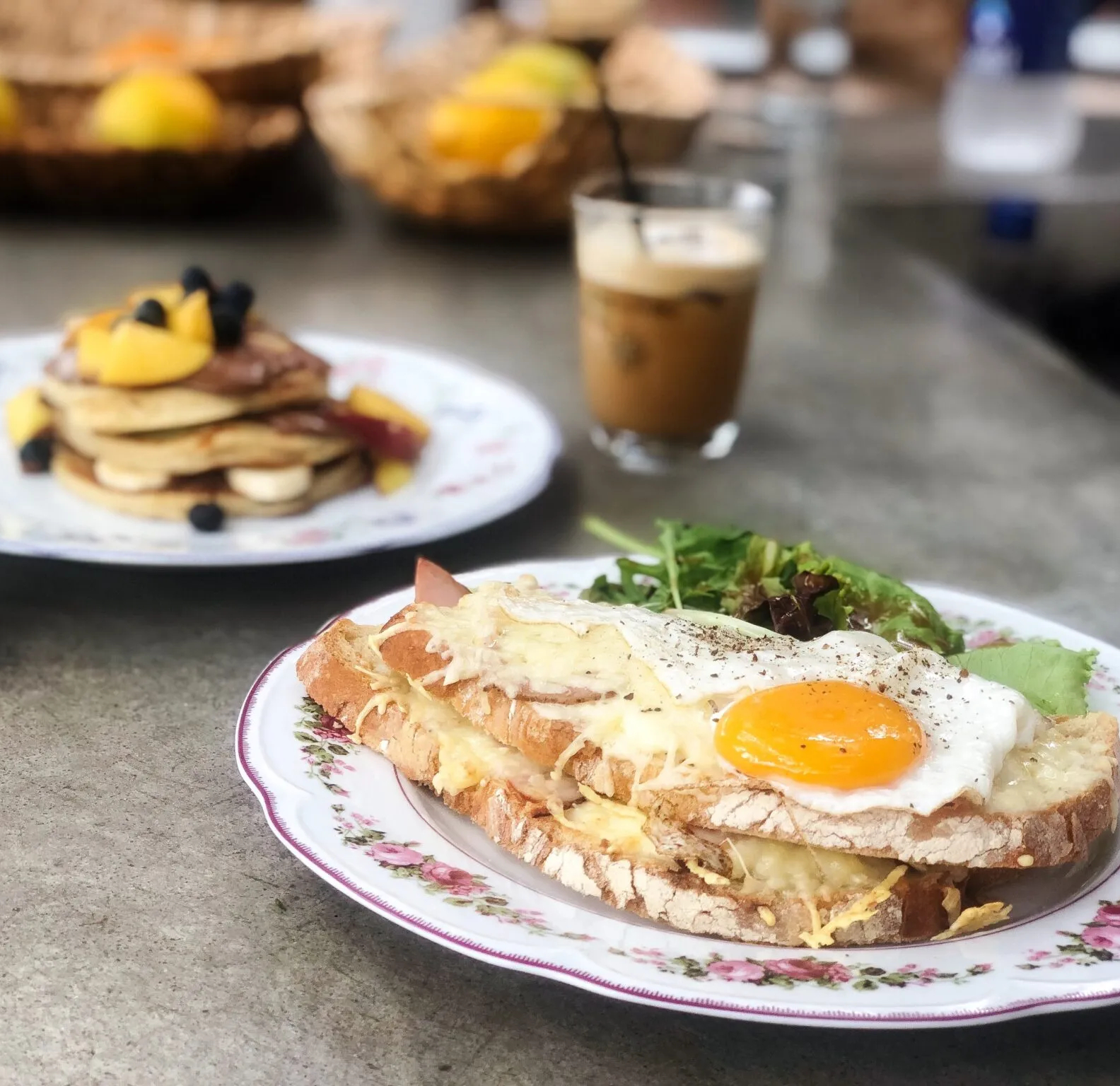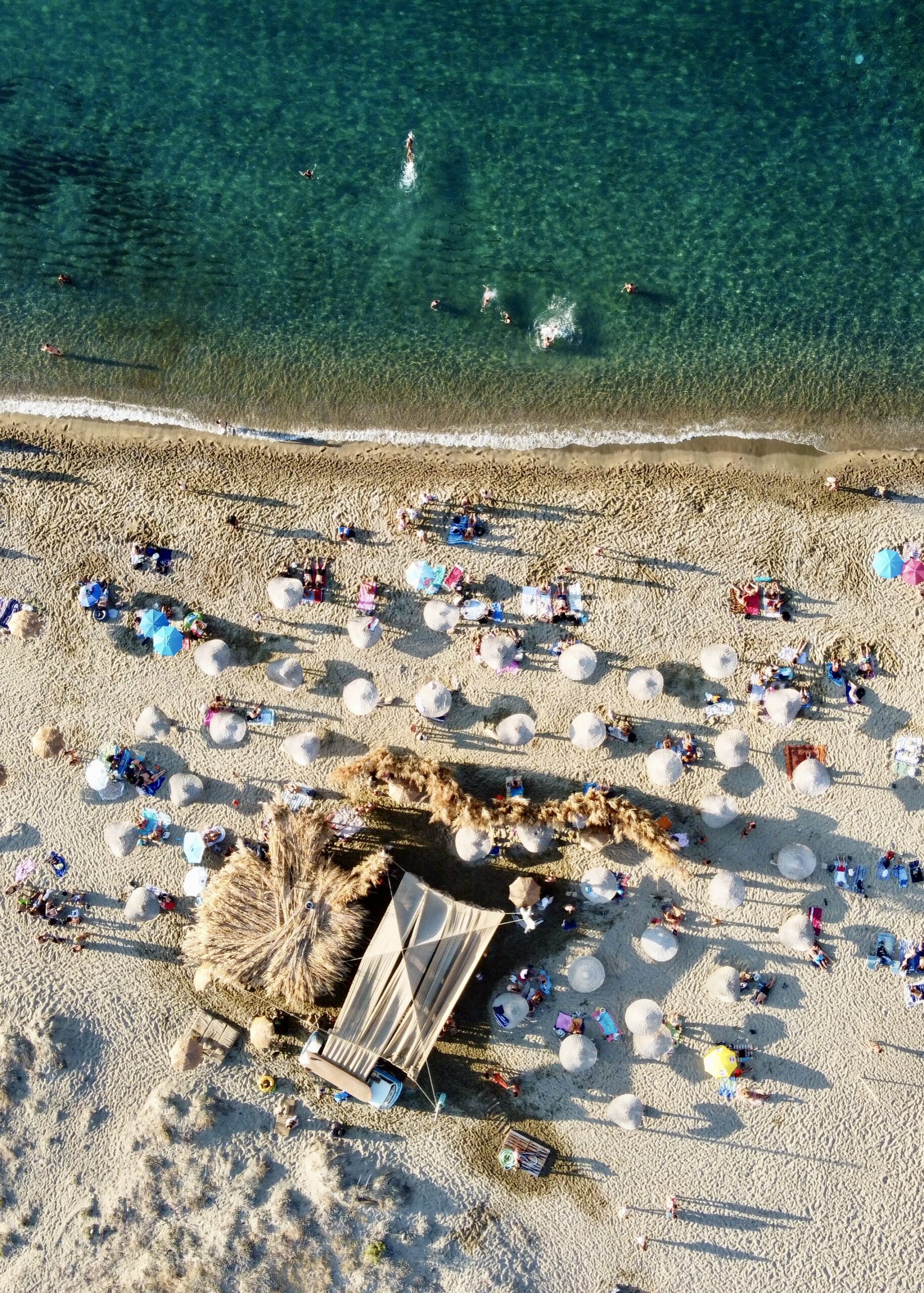Distinguished choreographer, dancer and founder of the Tinos section of UNESCO’s Conseil International de la Danse (CID) discovered that leaving Athenian life behind to live and work on the Cycladic island of Tinos was one iof the most meaningful and rewarding decisions she could make. Here, she talks to Travel.gr about her life on the island; not always as idyllic as some may think Greek island life is, yet a way of being and creating that she would never question.
“I’ve lived on Tinos for over 20 years. I was born and raised in Athens, with roots in Evrytania and Crete. But this island adopted me, and I adopted it. I came to stay without a second thought. The decision came naturally—one chapter closed, another opened.
Here, I recognized a part of myself that had always been asking for space: my connection to the water revealed not one but many hidden sides of me. Here I found myself, expanded, explored—and I’m still exploring, still discovering. That’s a gift in itself.
Tinos is not just a collection of images. It’s rhythm. It’s the wind that strips you bare, the light that refuses to let you hide, the slopes that demand effort before they let you walk them. On this island, I decided to devote myself entirely to dance, leaving Athens—and with it, my career in interior architecture. I had danced since childhood: gymnastics at three, dance at five, track and field at eleven. But dance—how can I put it—it’s my second nature, my truest language, the way I communicate best.
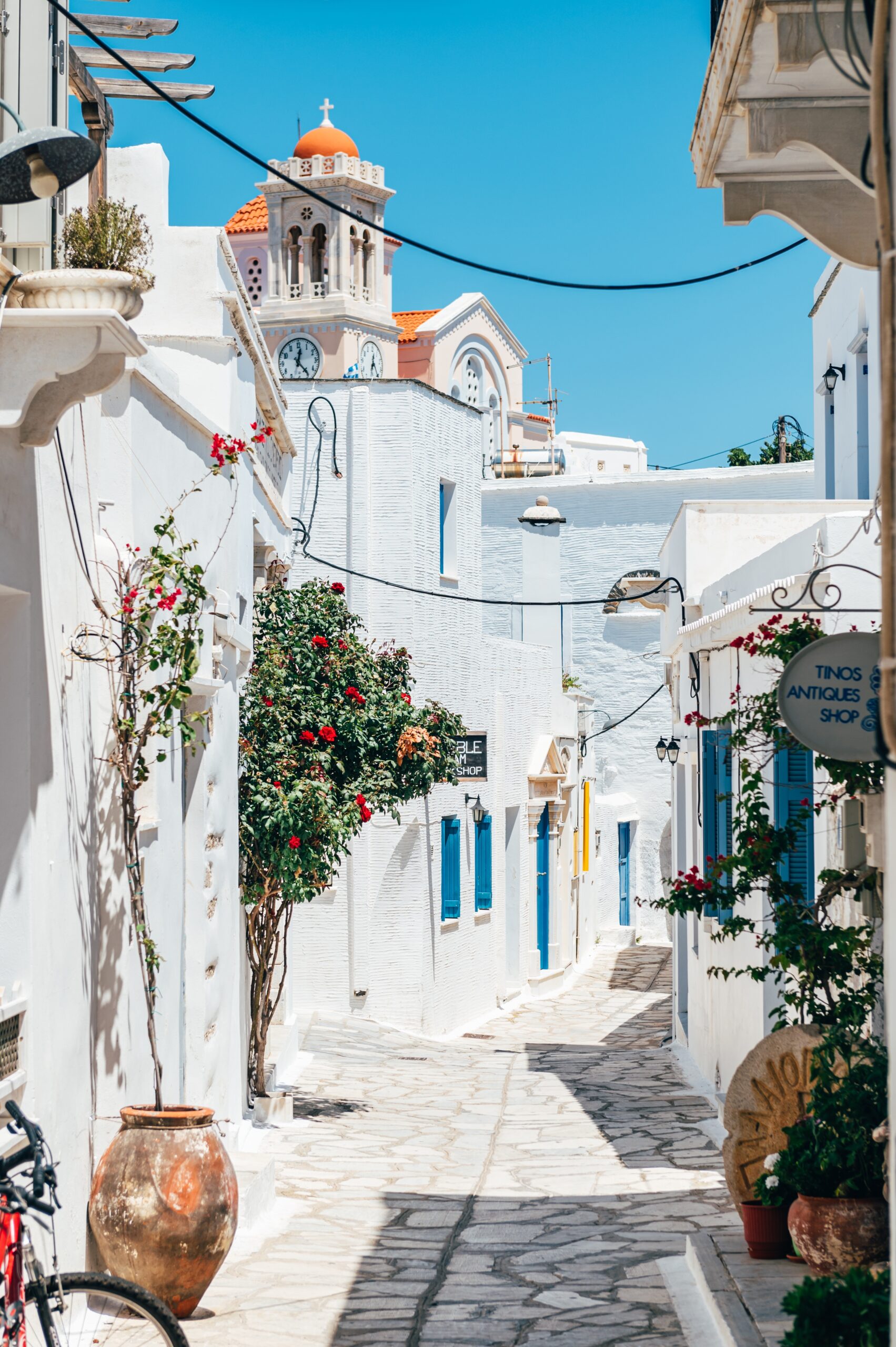

On the island, my dance changed; it grew, it became a bridge between me and the community, between people, between all that challenges or unites us. Through the Dance Amphictyonies of the EuryTinia Art Festival, I try to bring people and paths together—to build artistic bridges that connect artists and audiences through shared experience.
Many imagine island life as a never-ending vacation. It’s not. Life here runs on two extremes: summer and winter, each with its own demands. But that challenge became a lesson for me—a kind of lifelong training. The distances, the absences, the hardships—they all pushed me toward deeper inquiry. The discipline and patience I learned through art and sport helped me adapt to an unfamiliar rhythm of life.
More recently, after two unexpected events shook my sense of security and forced me into an honest reckoning with myself, I encountered self-care for the first time. I laid everything out—as I would when choreographing a dance or designing a space. I took the fragments of myself and reassembled them through an exhausting yet creative process, only to realize how much I had forgotten me. That realization, and a more conscious relationship with my whole self, helped me in countless ways. Lifelong learning also sustains me—the joy of knowledge, the bliss of apprenticeship.
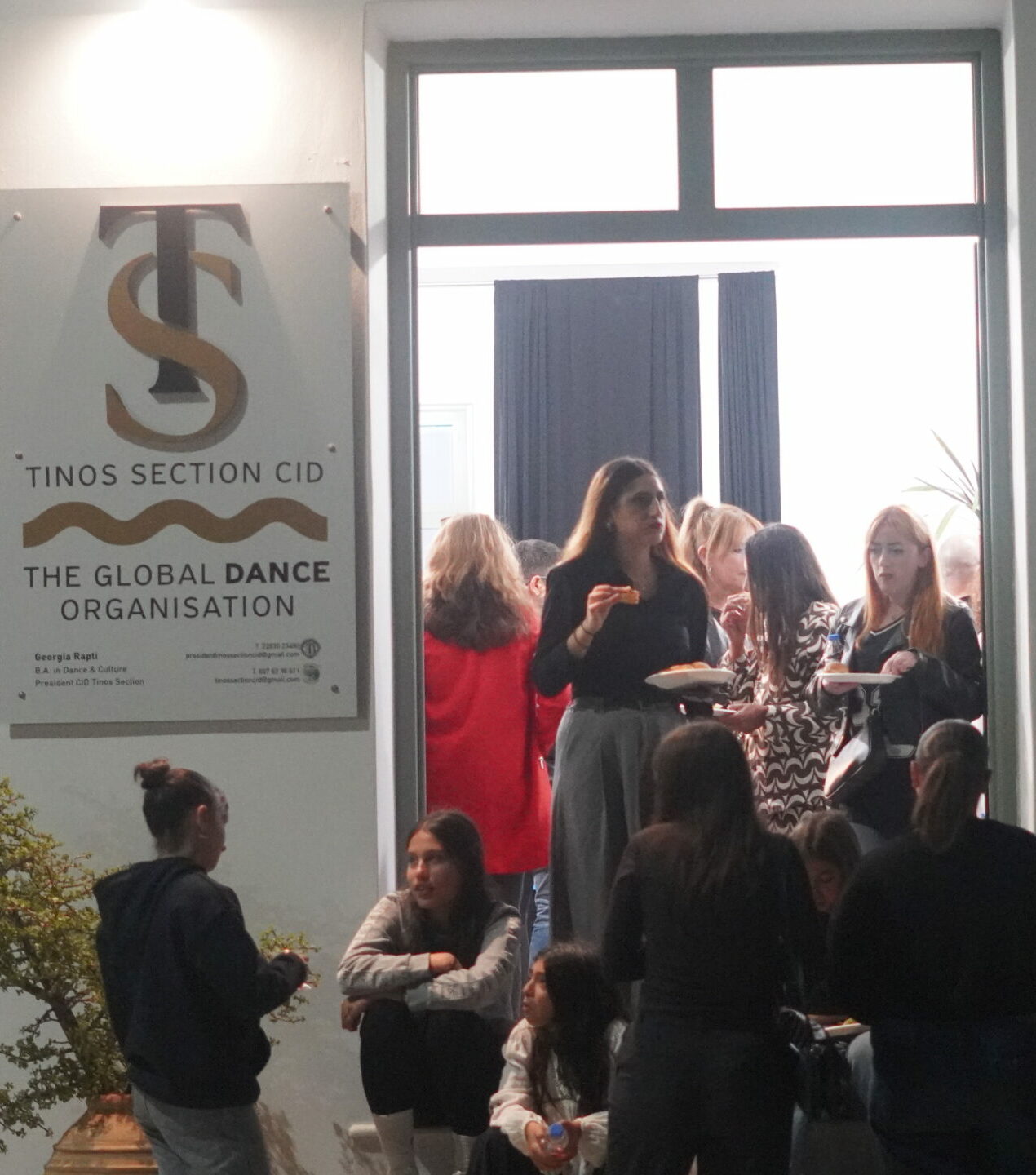
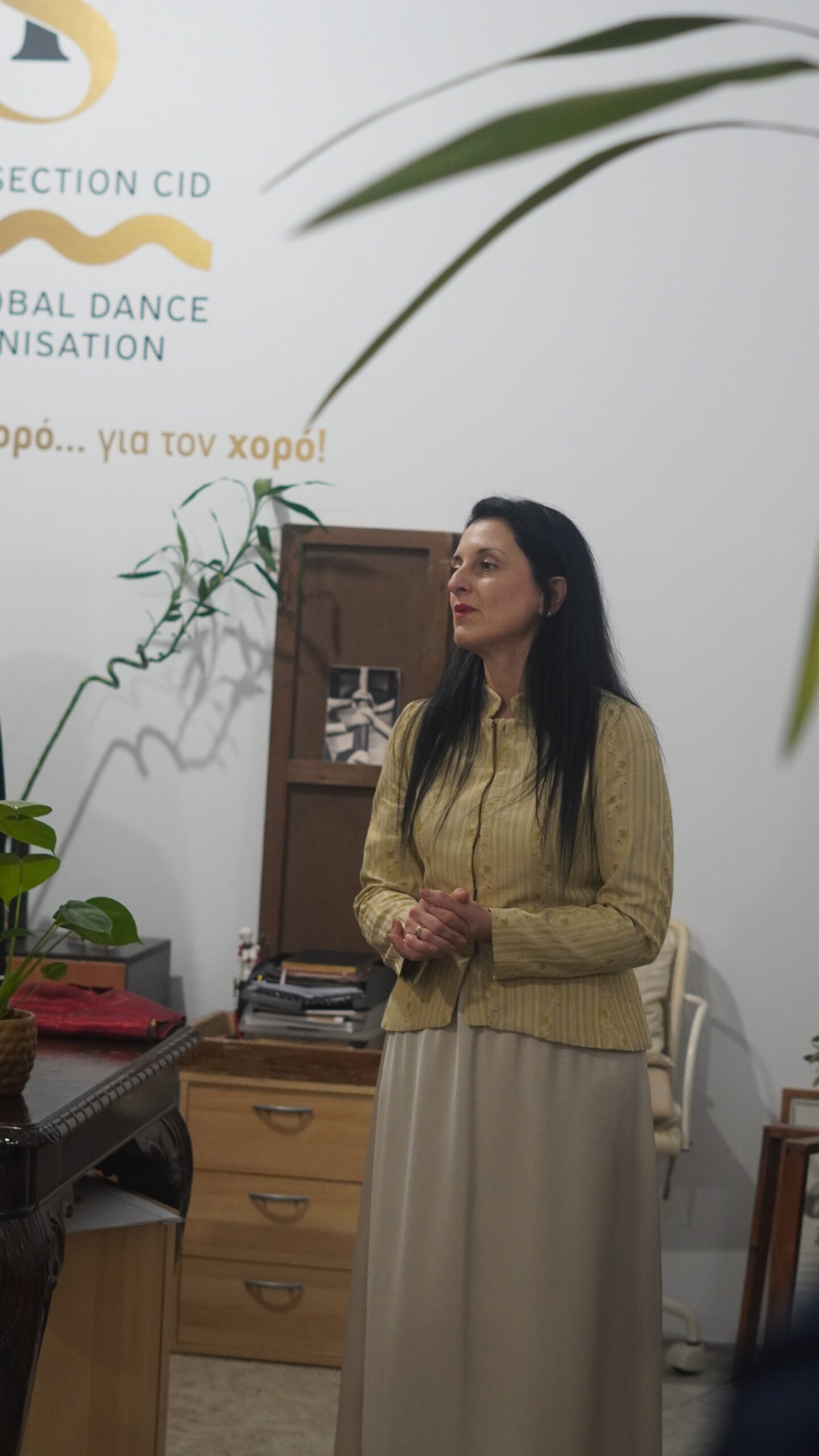
My seemingly unrelated studies have become a field of research, connecting the threads of my curiosity. Connection—that’s always been, and still is, what matters most to me.
For me, beauty is defined by authenticity, empathy, kindness, and honesty—values passed down by my parents. Over time, I’ve deepened them with balance and acceptance: of myself, of time, of imperfection, of laughter so real it shakes your insides and fills the air with light. These things are clearer on Tinos. The island gives no free passes: its light reveals everything, and the meltemi wind both exposes and washes away the unnecessary.
I explored every inch of Tinos before I began working here—with the wind, the light, the scarce greenery, the sea, everything I saw or imagined on the horizon or in the sky, the colors, the stories, the narrow lanes, rooftops, footpaths, the pirates that seem to lurk in memory, the hidden beauty of every ravine and rock. Everything dances on this island—at least through my eyes.
There are places I love and return to often: the small chapel you find before the path up to Exomvourgo, the Cross, the archaeological site at Kionia, the Archaeological Museum, the Prophet Elias chapel on Tsiknias. And then the trail in Aetofolia, Livada, Apothikes, Kolymbithra, Vrekastro, Pasakrotiri—small corners in every village, each one a discovery. My refuge is the Church of the Annunciation, especially at dawn or late at night, when peace returns and I find my center again—that’s how I handle life’s uphill climbs. I cherish every day I live here, grateful for the chance to connect, literally and metaphorically, through my art.
Connection—that’s always been, and still is, what truly concerns me.
My daily life on the island isn’t ritualistic in the formal sense, but it is rhythmically ritual. Everything follows rhythm from the moment we’re born: the heartbeat, the breath, the movement. I usually wake up very early; that quiet moment when the day begins both calms and organizes me.
Many mornings, I walk to a nearby village or drive toward Exomvourgo. I always pass by the sea—before or after work. My days alternate between solitude and community: time to write and plan, classes with groups of all ages, rehearsals that open windows, encounters that spark ideas. That’s my personal program of wellness and exhaustion combined.
I was never really a city person, but I don’t romanticize the countryside either. I simply love it for what it is—feminine, demanding, authentic, generous. In Tinos, I choreograph, teach, dream, create, organize, live, and keep evolving—falling and rising again. My dance spills out of the studio into the narrow lanes, thresholds, squares, and seashores. It transforms into a tool of social change. And as long as this place keeps shaping me, I’ll keep dancing with it.”



